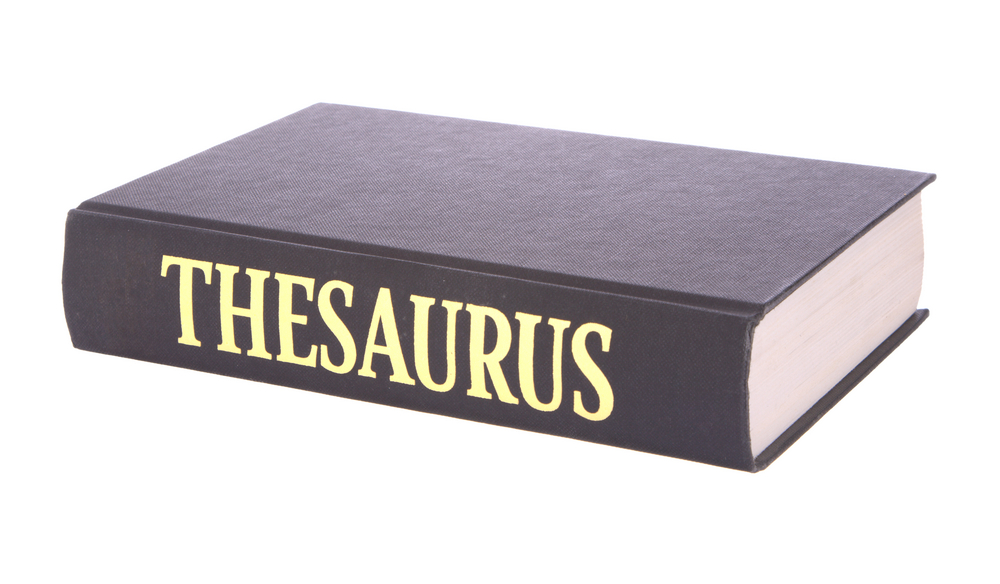I always loved writing letters. I wrote that in the past tense because it’s not something which happens much any more. Even I, who have loved writing and receiving letters all my life, now rely almost entirely on text message and email. The exception is greetings cards in which I will often enclose a hand-written message.

As a young child I exchanged regular letters with my grandparents who didn’t live close by and didn’t have phones. After Christmas or my birthday I would write thank you letters to relatives who hade sent presents. The thank you letters could be a bit of a chore when written to relatives I rarely saw! Whilst in secondary school I exchanged letters with a friend who had moved to another town and a primary school friend who went to a boarding school at 11 years old. I always saw my boarding school friend when she came home in the holidays and I’m convinced that our regular writing of letters through her boarding school years is the reason why we are still good friends to this day. We live nowhere near each other now and haven’t done for years but we still get together when we can. The vast number of letters exchanged during term times kept our primary school bond, forged when we were four years old, strong.
In the 60s when I was in secondary school, pen friends were very popular. They were arranged by the school. I imagine they used an agency of some sort. During my years in high school I had two pen friends in America and I loved swapping letters with them and comparing the music and fashions we liked and the ways in which we spent our leisure time. For a couple of years I was pen-pals with a French boy. Looking back, the French ones would probably have been arranged by our French teacher with a view to improving our French skills and their English ones. I was expected to write in French and he in English. Although these pairings, both French and American, were arranged by school the letters were done in our own time and not checked so it felt more like a friendship than an educational task. They were also optional. We were asked if we wanted to be hooked up with a pen friend.
As a young child I wrote on lined paper, soon graduating to unlined paper. The unlined pads always had a sheet of guide lines to put under the page you were writing on. Moving into my teen years I favoured coloured writing paper and matching envelopes – often blue Basildon Bond like the one below.

The pen friend letters were written on special lightweight airmail paper with lightweight envelopes carrying a border of red and blue.

I loved going to a stationery shop and choosing a new set of paper and envelopes. In my early twenties I favoured Churston Deckle in a shade of cream called (I think) ecru and also a brand called Three Candlesticks. Part of the pleasure of writing on quality letter paper was using a fountain pen rather than a biro.


I also had a beautiful red leather writing case bought for me as a gift. Writing cases looked like this inside and had a zip around three sides to stop everything falling out. I still have my grandfather’s which is just like this one.

Credit to Google Images and Wikipedia. If anyone objects to my use of a particular image please contact me and it will be removed.
























































































